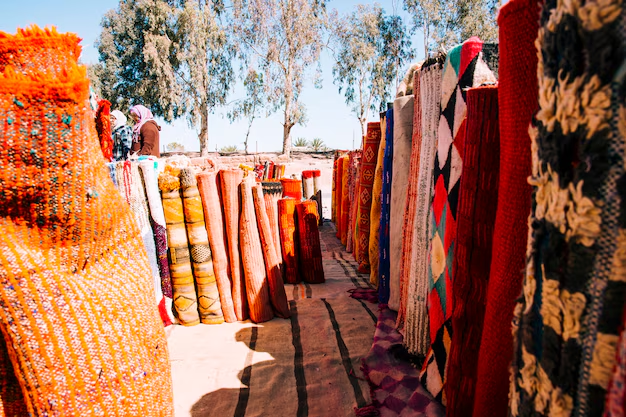Origins and Cultural Significance
Handwoven textiles have been a vital part of human culture for millennia. From the intricate weaves of ancient Egypt to the elaborate patterns of traditional Indian saris, these textiles carry profound cultural and historical importance. Not merely fabric, they are a tapestry of stories, skills, and heritage. The Thread of Blue Denver exemplifies today’s delicate balance of tradition and innovation in handwoven textiles.
In many cultures, specific patterns and techniques are passed down through generations, bridging the past and present. These textiles often tell the tales of communities, embodying their values, beliefs, and histories. For example, in Japan, the art of creating kimono fabrics is an intricate process that involves lengthy apprenticeship and dedication. These garments are often adorned with symbols and motifs that carry significant meaning, like the crane, representing longevity and good fortune.
Process and Techniques
Handweaving involves numerous meticulous steps from preparing the yarn to the actual weaving process. Depending on the area and intended purpose of the textile there might be significant variations in the materials, colors, and weaving processes used. Each thread and pattern is carefully chosen, often requiring hours of laborious work to achieve the final product.
For instance, the backstrap loom used in Guatemala creates rich, durable fabrics ideal for everyday use while the European pedal loom allows for more intricate designs. Each method provides a unique texture and character to the finished product. In Africa, the Kente cloth, renowned for its vibrant colors and geometric patterns, is woven meticulously thread by thread, symbolizing the wearer’s history, philosophy, and spiritual beliefs. This intensive process maintains the cloth’s quality and ensures that each piece is unique.
Modern Innovations
Handwoven textiles are gaining a resurgence due to sustainable and ethical fashion. Modern weavers blend traditional techniques with contemporary designs, using recycled materials and eco-friendly dyes. Technology, such as 3D printing and digital design software, is also being used to create intricate patterns that were previously impossible or time-consuming to achieve by hand. It pushes the boundaries of handwoven textiles.
Supporting Communities
The handwoven textile industry relies on community and collaboration, with organizations like the Peace Corps supporting artisans and promoting knowledge exchange. These communities sustain their craft through communal exchange of tools and raw materials. Educational workshops, fairs, and exhibitions raise awareness about the value of handwoven textiles, showcasing the effort and skill of each piece. This cultural exchange fosters appreciation and demand for handwoven products, contributing to the craft’s preservation and growth.
Conclusion
Handwoven textiles are a testament to human creativity, perseverance, and cultural richness. By understanding their origins, appreciating skilled techniques, embracing modern innovations, and supporting the communities, we can ensure their resilience and continue to thrive for generations. Consumers can significantly impact the industry by choosing handcrafted items, supporting artisans, and acquiring unique, high-quality products. The future of handwoven textiles is diverse and vibrant, promising continued innovation and cultural significance.
